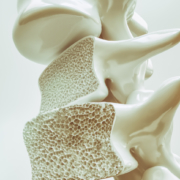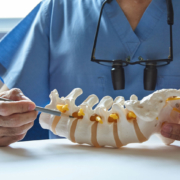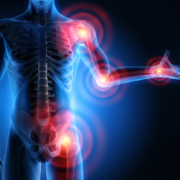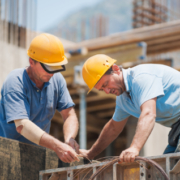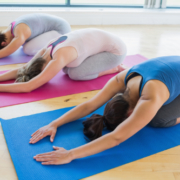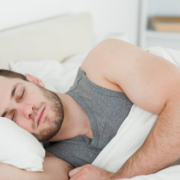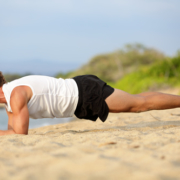How to Take Care of Your Posture While Working From Home
More people are working from home than ever before. While there are definitely some advantages that come from such an arrangement, there are also some challenges. One of those challenges is maintaining good posture. Your workplace likely had a variety of measures in place to encourage good posture and reduce strain at your desk – but most people don’t have the same resources at home.
Here are a few ways you can help your posture and your overall health while working from home.
Working from Home? Simple Ways to Protect Your Posture
1. Stretching
There are numerous muscles and soft tissues supporting the spine – and your entire skeletal system, for that matter. Those muscles can become tight and tense as you spend time at your desk. If they become tight enough, they can pull your spine out of alignment and leave you feeling worse for wear. Fortunately, you can do some occasional stretches to help relieve some of the tension.
A quick search online will show you numerous stretches, but a few you can consider include:
- Child’s Pose. Begin on hands and knees. Push your hips back over your calves and stretch your arms out in front of your body. Relax your head on the ground and take five to ten deep breaths.
- Standing Forward Fold. Stand with feet hip-width apart. Bend your knees and exhale as you fold forward at the hips. Bend your elbows and grasp each elbow with a hand. Pull your shoulders up to lengthen your neck. Relax here and breathe deeply five to ten times.
2. Use a standup desk.
If you have one available or can construct one, a standup desk can do a lot to help you maintain good posture. Standing is not only good for your overall health, but it also makes it easier to keep your spine aligned. You already know how to stand straight, which is generally an improvement over the slouch that tends to develop at your desk.
If you don’t have access to a standing desk, at least get up every half hour or so and walk around for a few minutes. The walking and standing will help to reset your spinal alignment.
3. Eat a healthy diet.
It may seem weird to focus on your diet when considering postural correction, but you’d be surprised just how much of an impact your diet has on your spinal health. Proper nutrition – including plenty of fruits and vegetables, whole grains and lean proteins – is necessary to rebuild your joints as they wear down each day through use. It helps increase circulation as well. Your back will be healthier if you eat a nutritious diet.
4. Stay hydrated.
Here is another tip you might not have been expecting. Sufficient hydration is necessary to get nutrition to your discs and to keep them hydrated. They need to be hydrated to provide the cushioning necessary to protect your spine and keep you mobile. You can get hydration from most liquids, but your best bet is still water. Try to drink water regularly throughout the day to stay hydrated. You may find it easier to get your water in if you purchase a reusable water bottle and keep it with you as you go about your day to day tasks.
Contact Us to Learn More About Posture and Spinal Health
You deserve a healthy spine. We are here to help you get what you deserve. To learn more about our office check out our website here. Call 780-455-2112 to contact our us to learn more about how we can help you with postural issues and other joint issues through chiropractic care. We look forward to hearing from you!



